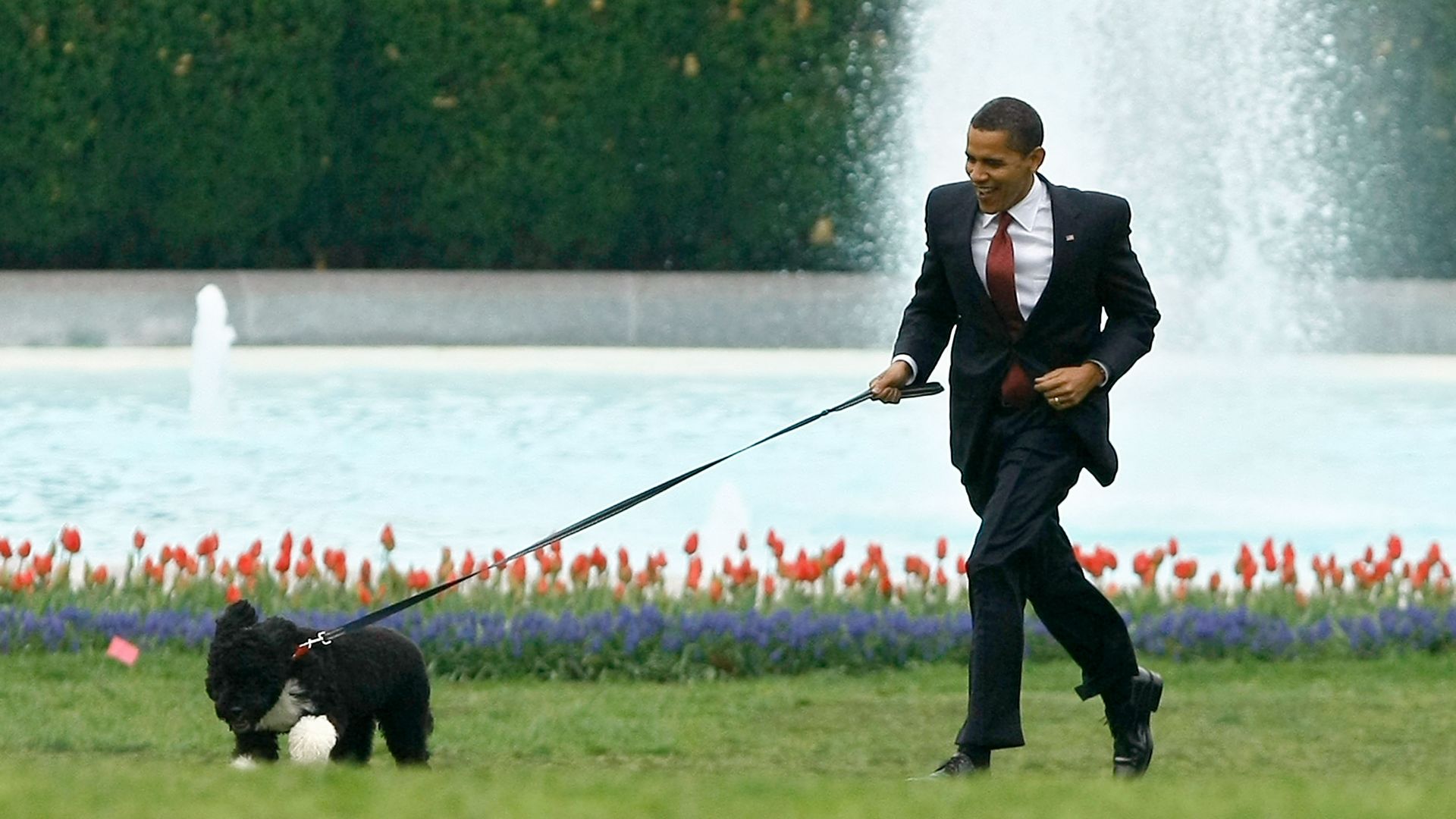How to wash dog toys: Everything you need to know
Keep your canine companion safe from harm with our guide on how to wash dog toys
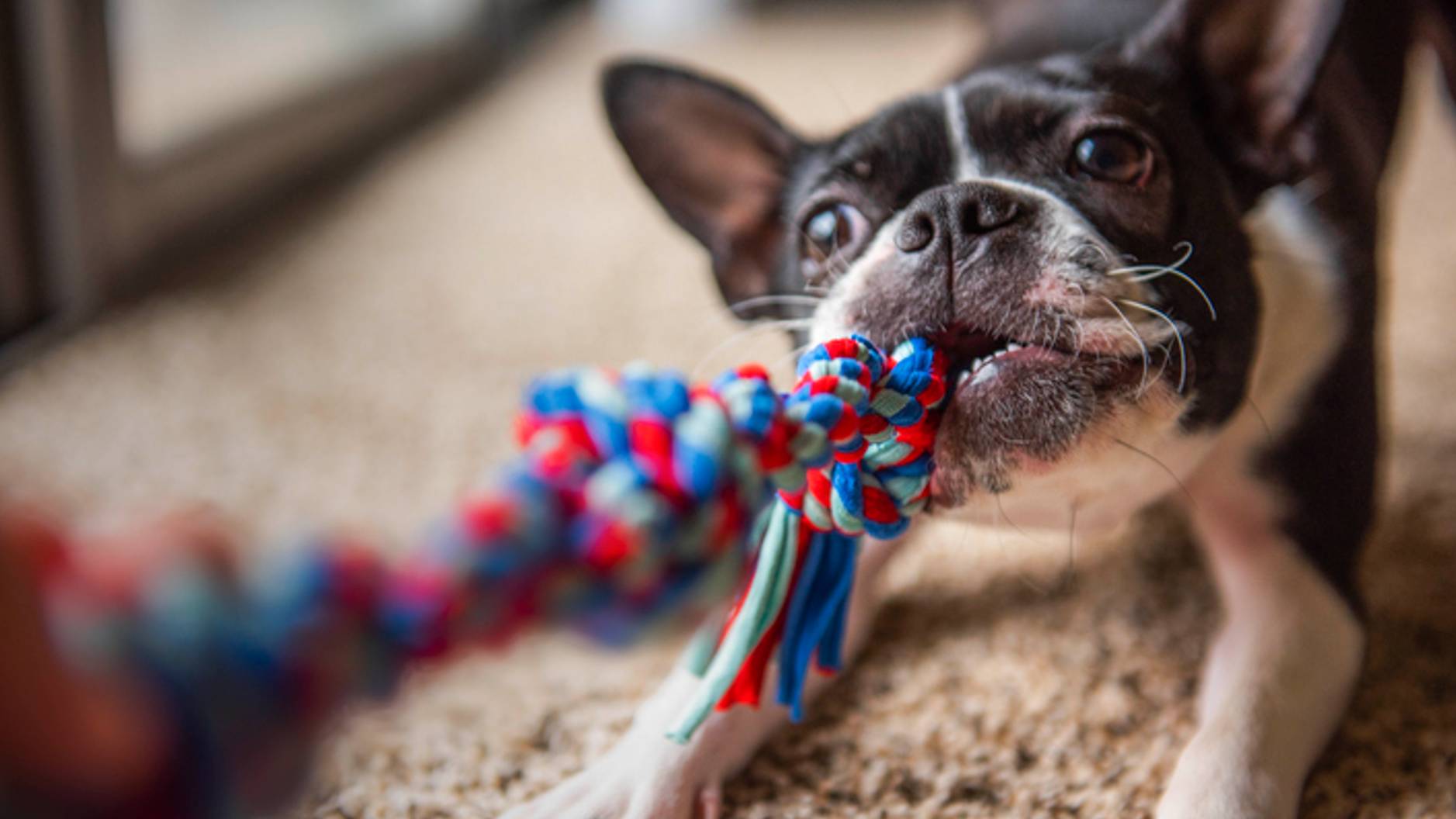
Knowing how to wash dog toys correctly is an essential skill for any dog owner, after all our furry friends love nothing more than slobbering over their favorite plaything. It's also something dog toy manufacturers and vets recommend because they can be such a breeding ground for potentially harmful bacteria, germs, mold and mildew.
This means it is worth learning how to protect your beloved pet from the illnesses they can cause. And if those toys are brought in and out of the house that becomes your problem as well as the dogs: according to NSF.org they are likely to be the seventh dirtiest place in your home. That's why you should always wash your hands thoroughly after a playtime session with your four-legged friend.
Your furry pals use their mouths to play with their toys as they drag them around the house and garden, which leads to slobber-covered, gnawed, mud- and dust-coated toys. Any well-loved toys need to be cleaned and disinfected regularly to keep your fur baby (and you) safe. It will also help prevent puppy acne which is caused by their pores getting clogged with dirt and saliva.
An added bonus is that regular washing will extend the life of even the best dog toys you've invested in, as they are less likely to degrade if you keep them clean, not to mention preventing them giving off distressing odors!
How often should I wash dog toys?
If dog toys are kept outside a thorough rinse with a hose after a chewing session should help keep dog toys from being breeding grounds for bacteria, with a more thorough wash using disinfecting cleaning products once a week.
Toys that are frequently played with indoors should be washed once a week, but if they are covered in slobber, dirt or dust, it's worth giving them a thorough clean straight away.
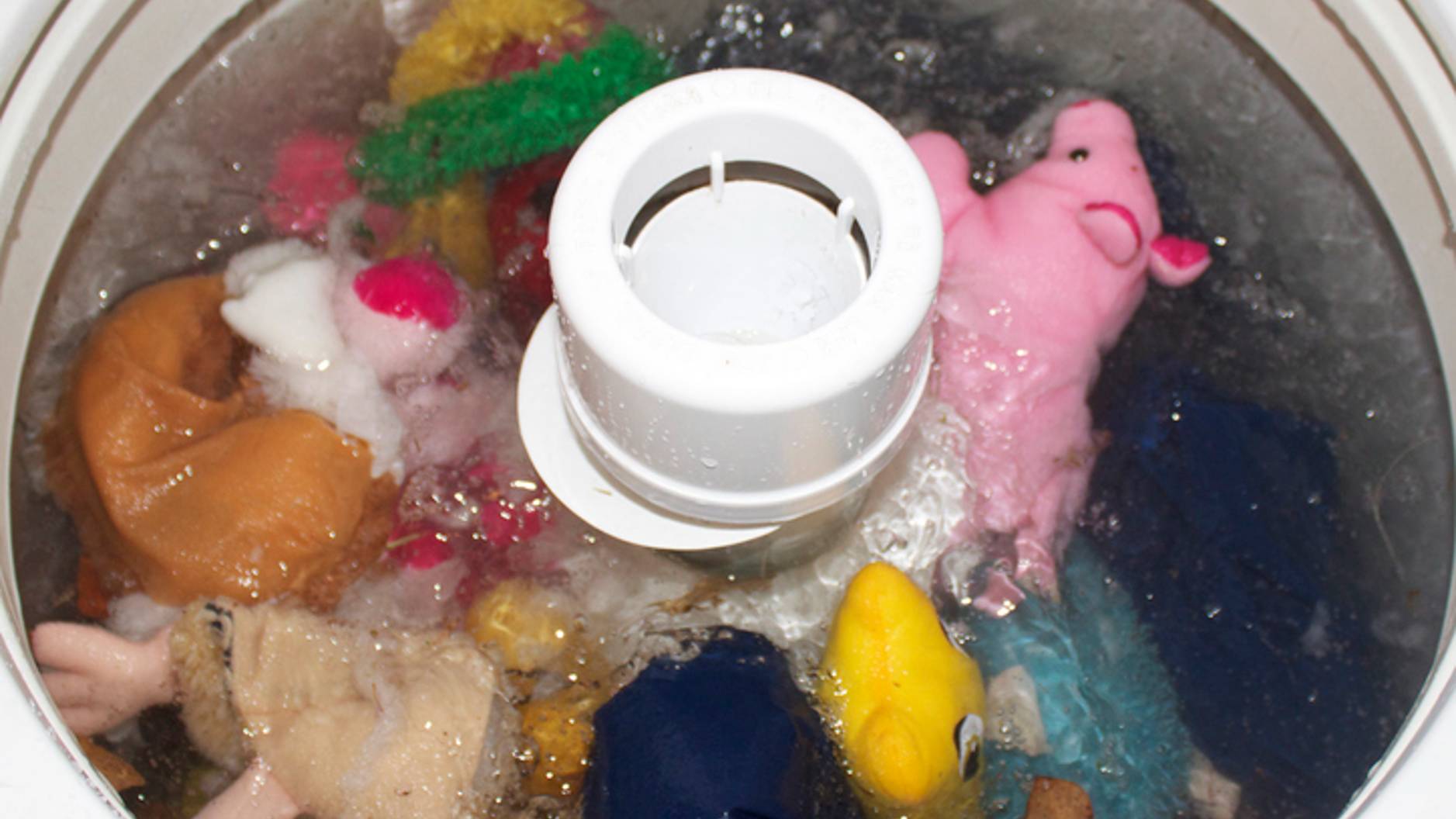
Which dog toys should I bin rather than wash?
You should check over your dog's toys regularly, as if they have been a bit too well-loved it may be better to throw them away than try to save them. Any toy which is falling apart can be a potential choking hazard for your four-legged pal. Remember too that toy stuffing can also cause intestinal blockages if swallowed, so while we are all for recycling and avoiding waste, the safest place for crumbling dog toys is in the bin.
If you own an aggressive chewer and don't want to be constantly throwing your furry friends' destroyed playthings away all the time, it's worth investing in high quality durable dog toys so they'll last longer than a few hours!
What should I use to wash dog toys?
It will depend on what your dog toy is made of, and we go into more detail on how to clean the main types below. The first place to look is the manufacturer's guidelines which can be found on the toys packaging or the manufacturer's website. Not all dog toys come with cleaning instructions so it's good to use your judgement, combined with our suggestions below.
You can find pet-friendly cleaning products to use to ensure bacteria and germs are wiped out in the safest way possible. However, the American Society for the Prevention of Cruelty to Animals (ASPCA) says that cleaning toys with bleach should cause no problems for your fur baby, provided it is diluted properly and the toys are completely rinsed after cleaning. You can see how much to dilute bleach using the ASPCA's detergent dilution guidelines.
As well as disinfectant there are other more common household products that can be used to clean dirty dog toys. Soaking non-absorbent toys for 30 minutes in a solution of 5% vinegar to 95% warm water followed by a good scrub with a sponge or brush will keep them in good order. An old toothbrush is a useful tool to use for cleaning hard-to-reach areas where dirt can linger.
For soft toys you can sprinkle them with baking soda before putting them in the washing machine. Add a couple of capfuls of vinegar and put them on a rinse cycle for a DIY and gentler clean.
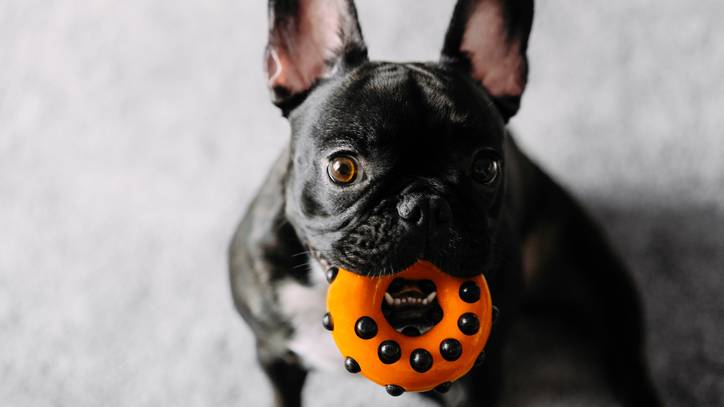
How to wash rubber, nylon or plastic dog toys
Slobber and garden dirt are perfect breeding grounds for bacteria and germs, and if dog toys are regularly being brought into the house it's a good idea to keep them clean. Most rubber, plastic and nylon toys can be popped in the dishwasher, as they are hard enough to withstand them. However, it's worth checking on the manufacturer's website to see if they are dishwasher safe, as some toys can warp, become brittle or release harmful chemicals when exposed to the high temperatures found in a dishwasher.
Otherwise, a wash with antibacterial detergent (or the DIY option using a 5% vinegar solution mentioned above) in the sink and a good going over with a scrubbing brush should be good enough to sanitize them.
Whichever method you use, give them a thorough rinse afterwards and leave them out to dry naturally. It's also worth checking if they have filled with water before returning them to your dog. Not only will your dog not enjoy the soapy water collected inside, it will squirt everywhere once they get their teeth into it again!
How to wash rope dog toys
Rope toys may seem very durable, but those fibers once wet, particularly from dog dribble, are a perfect breeding ground for bacteria, mold and mildew. Again they can be cleaned in the washing machine using a gentle detergent on warmish water cycles and are usually able to be dried in a tumbler dryer on a low heat.
Another quick way to sanitize them if they aren't looking too dirty is to use a microwave. Just soak them in water for five minutes then pop them in the microwave for a minute. This will kill all living organisms that they may be harboring. Do not microwave rope toys if they have metal or plastic parts.
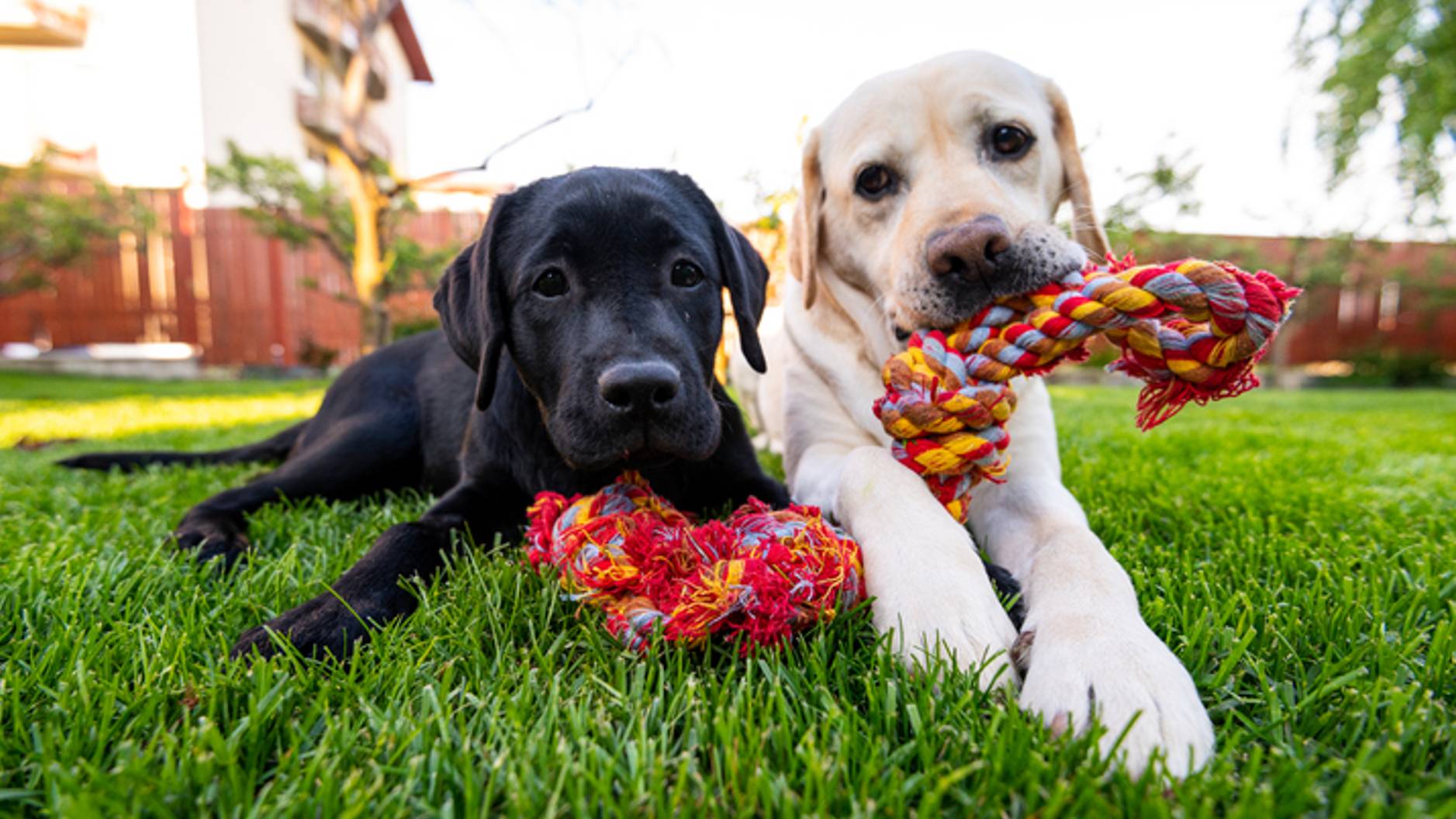
How to wash plush dog toys
As well as saliva and general dirt, soft fabric dog toys can attract dust mites so it's worth cleaning them regularly. Most plush toys can stand up to a quick run through the washing machine, but those with plastic additions, crinkle stuffing or squeakers may need to be put on a cold wash. Use your judgement to decide which cycle the toy will be able to cope with.
It's good to wash soft dog toys on sunny days if possible. That way they can dry naturally pegged on a washing line in the sunshine. Remember to squeeze the toys to get rid of excess water so they won't need so long to dry so you can reunite them with your canine pal as fast as possible!
If outside drying isn't possible then you can dry them in a tumble dryer on an air-only or low heat setting.
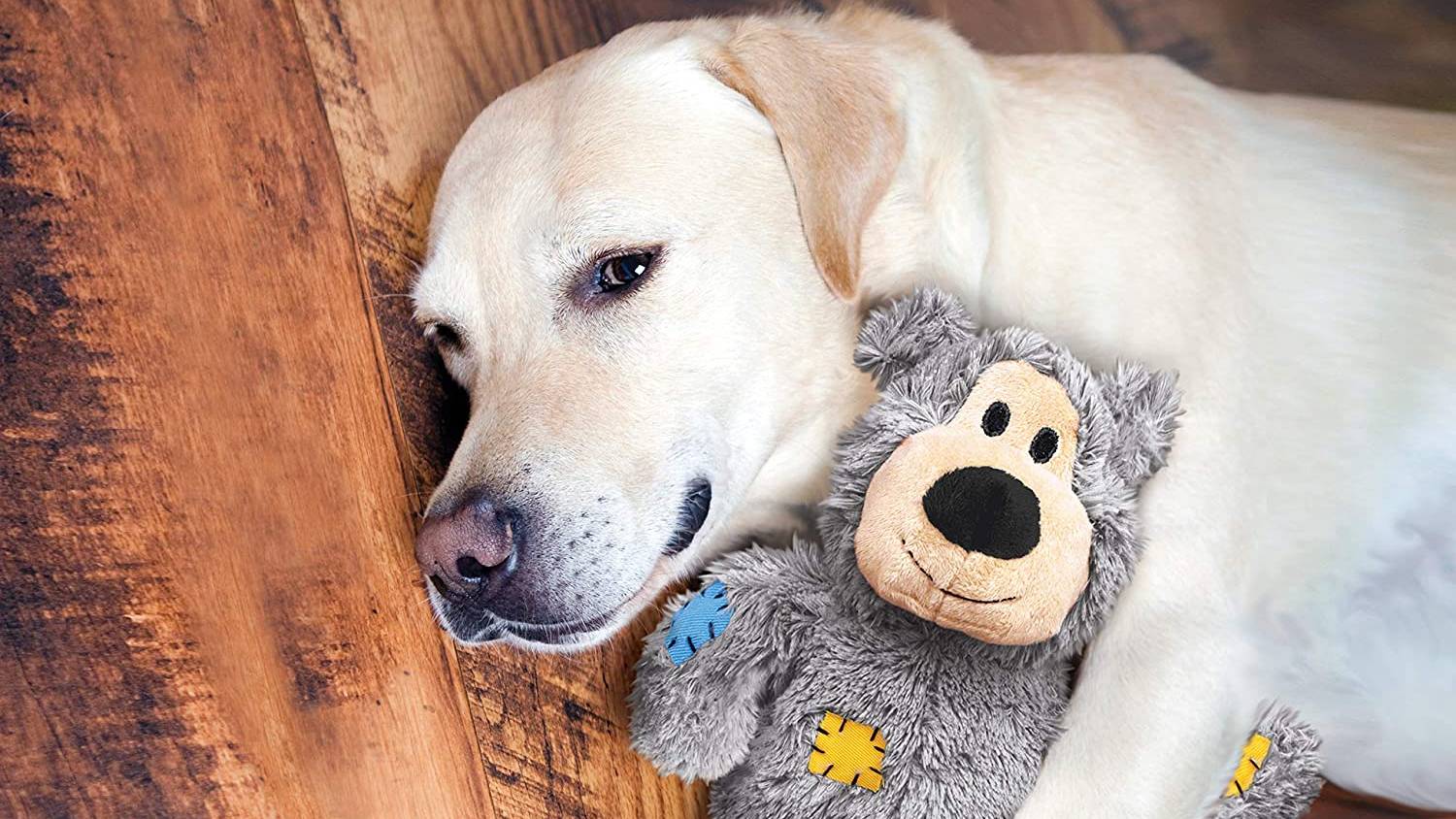
How to wash dog toys with squeakers
Soft toys with squeakers can be washed in a similar way to normal plush toys, remembering that the plastic squeaker may not be up to high temperatures in the washing machine or dryer. Just choose a low heat setting to avoid the squeaker getting bent out of shape or releasing potentially harmful chemicals. The squeaker may also fill with water, but a quick squeeze to drain it and leaving it to dry will get it back squeaking in no time.
How to sterilize dog bones
It's great to give your furry friends real bones to chew on, but fresh bones must first be sterilized to kill any bacteria from the meat. Immerse the bone in a pot of boiling water, ensuring the water level is two inches higher than the bone, then let it boil for thirty minutes. Let the bone cool to room temperature and strip off any excess meat before giving it to your dog to get their teeth into.
Cleaning dog toys after illness
If your dog has been ill it's important to sterilize all surfaces and fabrics in your house, paying special attention to cleaning their toys, feeding bowls and washing dog beds to prevent infection of other pets in your home or potential reinfection.
Diseases like Canine Parvovirus (parvo) or kennel cough need a complete sterilization of your home to ensure it doesn't spread to other animals, and as these diseases are resistant to more gentle forms of disinfectant, watered down bleach is needed to ensure a proper sterilization. As long as everything is thoroughly rinsed after cleaning this should pose no problem to your recovering pet.
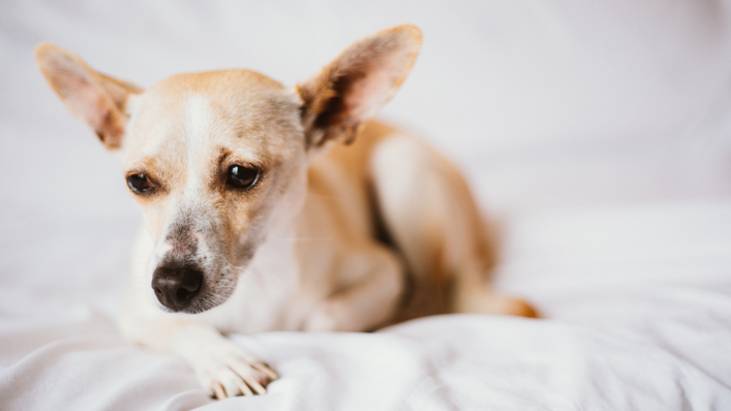
How to extend the life of your dog toys
As well as cleaning them there are a few things you can do to keep your canine pal's favorite toys from being binned too soon. Outside toys shouldn't be left outside exposed to the elements. Water and ice will cause them to degrade faster, and strong sunshine can cause toys to become brittle and start to chemically decompose. Keeping them in a box or similar covering will help them last longer.
You can also rotate your dog's toys so they don't just spend all their time worrying away at the same one. As well as meaning they are less likely to be destroyed as fast by the constant onslaught, your dog's interest in the toys is likely to be higher due to its 'newness'. Dogs love variety, so not only will you be protecting your dog, you'll be adding to their engagement.
PetsRadar Newsletter
Get the best advice, tips and top tech for your beloved Pets
Jamie Middleton is a freelance editor and writer who has been editing and creating content for magazines and websites for over 20 years. As well as writing about the pets he loves, he has helped create websites about tech and innovation like TechRadar.com, Innovate UK and TechSPARK, written programmes for music festivals, books on inventions and architecture, TV listings magazines, and edited publications about cars such as Lexus, Toyota and Jaguar. In his spare time he writes fiction books and poetry - or at least he does when he is permitted to by his cat Pirate, who enjoys the warmth of laptops too much to allow being creative to get in the way.

